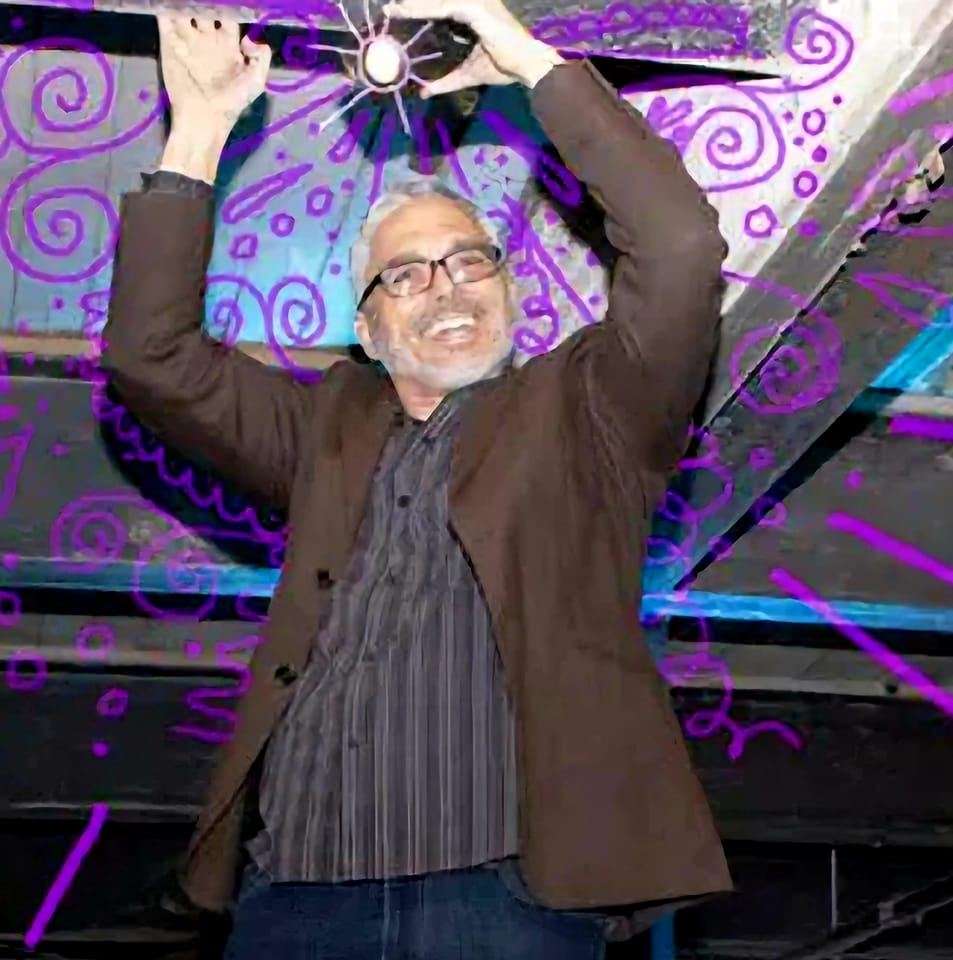I have generally enjoyed Jessica McCabe’s work surrounding ADHD. She is an actor who became a self-advocate personality, writer, and de facto coach through her YouTube channel, “How to ADHD.” One aspect of the channel that always challenged me was how polished it was. How polished, scripted, and professional she was. It became clear to me that Jessica exists with an amount of wealth that permits more than is possible for many of us who are neurodivergent and without socioeconomic means. It reminds me a bit of Nickelodeon and Disney shows. Inevitably, the characters exist in a very wealthy space. A space without distinct financial or socioeconomic challenges. I also think about the likes of Ted Lasso and Shrinking. Again, wonderful shows that touch on important aspects of being human… played through the lens of people with no financial worries. It’s a problem for me, a person who was born into poverty and still exist as a broke, working class, indebted person with AuDHD, giftedness, and both developmental and complex traumas. And I’m sure it’s a problem for most of us. Why am I not able to do the things Jessica does? Or any number of neurodivergent influencers and popular personalities.
Okay…
Jessica recently posted a video titled, “Making Life DOABLE with ADHD,” and in that video, she transparently and bravely processed emotions related to becoming more disabled and finally understanding that she needed to shift her previous systems and rituals. It’s a heartfelt, authentic conversation. Near the end of the episode, Jessica introduces a framing that she calls, “Universal Design Your Life.”
The Center for Excellence in Universal Design’s website says about UD: “Universal Design (UD) is the design and composition of an environment so that it can be accessed, understood and used to the greatest extent possible by all people regardless of their age, size, ability or disability. An environment (or any building, product, or service in that environment) should be designed to meet the needs of all people who wish to use it. This is not a special requirement, for the benefit of only a minority of the population. It is a fundamental condition of good design.
If an environment is accessible, usable, convenient and a pleasure to use, everyone benefits. By considering the diverse needs and abilities of all throughout the design process, universal design creates digital and built environments, services and systems that meet peoples’ needs. Simply put, universal design is good design.”
A common example of UD is having building entrances be ground level with wide doors. In this case, there are no steps OR ramps and any human being in any state of temporary or permanent physical disability would be able to enter the building. Or curb cuts… how most urban corners have the entire sidewalk sloped down, which removes a single step, which can prove impassible for certain folks… and extremely inconvenient for, for example, a caregiver with a stroller.
Circling back to Jessica.
Her framing of universal designing your life (YDYL) offers the following: consider the various versions of YOURSELF, the times when you have higher support needs and the times you have lower support needs. Then think about your life and how you might approach it so that you are accommodating for the version of yourself with higher support needs.
Here is an example from my life. I’ve begun to keep a daily planner again. Nothing complex. Just, a daily list and agenda. I sit to write, each night, a list for the next day. Or, I transfer unfinished items from today’s list to tomorrow’s. Then, when I wake up in the morning, I don’t NEED to remember anything. Many mornings, it wouldn’t have mattered. But some? I would be incapacitated and absolutely a mess if I’d not put that 5 minutes in the evening before. I universal designed my life in an individualized fashion.
Another example, from a friend’s life. They work at a local trucking company and Wednesdays are days wherein they complete a labeling task related to shipping. Recently, they began prepping and organizing the stickers before leaving work Tuesday. Then, when they arrive Wednesday, regardless of how much executive function OR dysfunction they are experiencing, the labels are just ready.
The task isn’t necessarily easy. It requires thinking about yourself and the times when you have higher support needs, when you are dysregulated. Low on spoons or wellbeing battery life. Etc. Then, making decisions based, at least, in part, upon the version of yourself who is not pristinely on top of things.
Okay. Once you’ve watched the Jessica McCabe video, I am entirely open to talking about it and thinking about what UDYL means and how you and we might approach it. I am particularly interested in talking to, working with, and learning from other multiply neurodivergent people who are working class, swimming in debt, broke, and/or otherwise socioeconomically disadvantaged. Because so much out there communicates in such a fashion that it seems imperative to have plenty of expendable cash. Also, very little is geared to folks with higher support needs including intellectual disabilities and significant speech/language contributions. I want to work with those folks, too. Again, the construct of “universal design” actually demands it, if we are truly working in that direction.


Leave a Reply